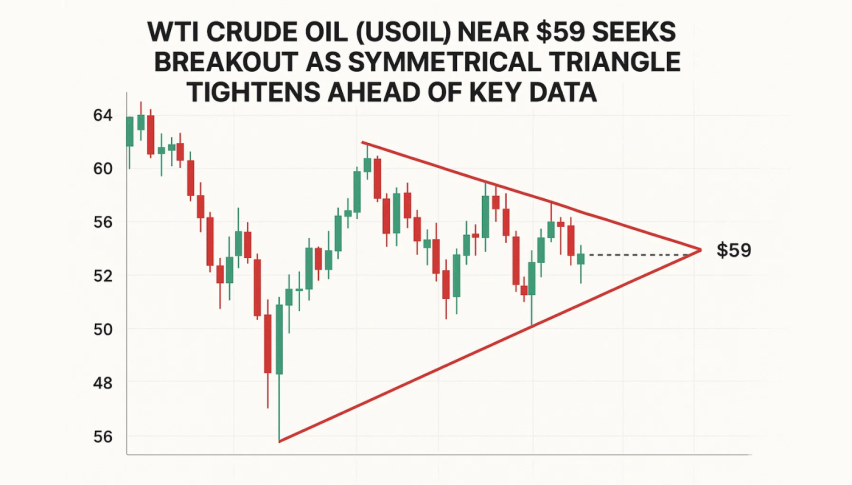Crude Oil Unchanged as Trade Tariff Worries Loom
Oil prices experienced little change as President Donald Trump announced tariffs against numerous countries,

Quick overview
- Oil prices remained stable as President Trump announced tariffs, raising concerns about their impact on oil demand.
- Despite potential increases in crude prices due to U.S. sanctions on Russia, the strength of the dollar and weak Chinese economic data limited gains.
- Brent and WTI futures saw significant rises earlier in the week, but recent declines were noted as tariffs on major trading partners were introduced.
- China's sluggish manufacturing activity has led to expectations of stimulus measures to support its economy.
Oil prices experienced little change as President Donald Trump announced tariffs against numerous countries, fueling concerns about their potential impact on oil demand.

Crude prices were still expected to increase this week despite the threat of stricter U.S. regulations, especially with restrictions on Russian oil.
However, the dollar’s strength and weak economic data from China limited oil’s weekly gains. While West Texas Intermediate crude futures dipped slightly to $69.25 a barrel, Brent oil futures for October stayed steady at $71.71 a barrel.
Brent and WTI futures rose between 4% and 8% this week after surging in the first half of the week as the U.S. moved to impose harsher sanctions on Russia. China and India, the two largest buyers of Russian oil, faced warnings of tariffs up to 100%, with India also hit with a 25% tariff due to its ties with Moscow. Since China and India are among the biggest oil importers globally, their potential decision to stop purchasing Russian oil could significantly reduce global supplies. Although crude prices appeared to decline since Thursday, this expectation contributed to substantial gains earlier in the week.
On Thursday night, Trump signed an order outlining tariffs ranging from 10 percent to 50 percent against several major U.S. trading partners.
Washington hinted at imposing high tariffs on other nations, including a 35 percent levy on Canada, despite having secured trade agreements with the UK, Japan, and South Korea. Trump’s tariffs, set to take effect in seven days, have raised concerns about potential disruptions to the economy, which could decrease global oil demand.
Additionally, the strength of the dollar surged this week after the Federal Reserve decided to maintain interest rates and indicated that it does not plan to lower them shortly, further putting pressure on oil prices. Weak purchasing managers’ index (PMI) data from China, the world’s largest oil importer, was also a factor, as it revealed sluggish manufacturing activity in the nation.
This PMI data has heightened expectations that Beijing will implement stimulus measures to bolster its economy.
- Check out our free forex signals
- Follow the top economic events on FX Leaders economic calendar
- Trade better, discover more Forex Trading Strategies
- Open a FREE Trading Account


